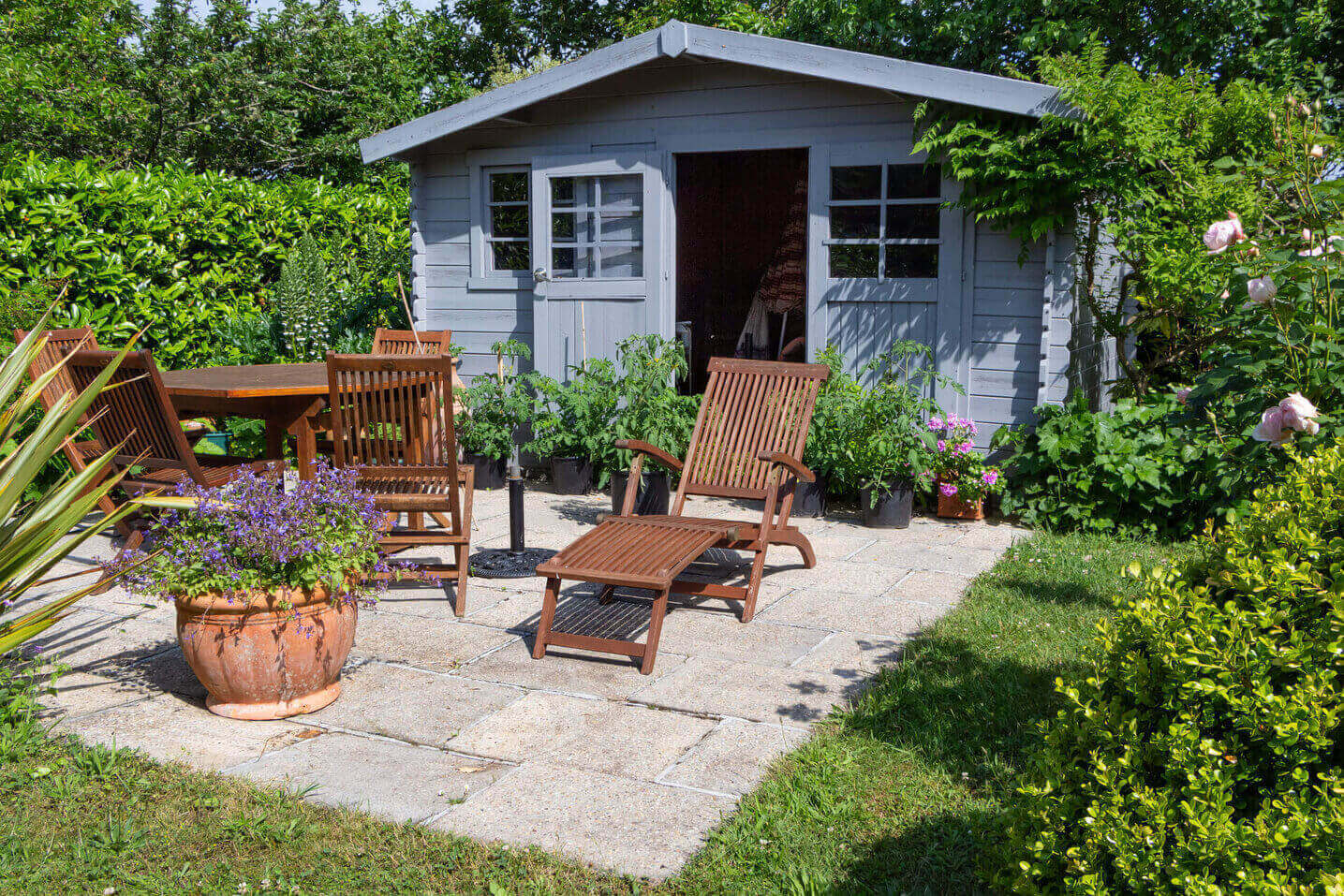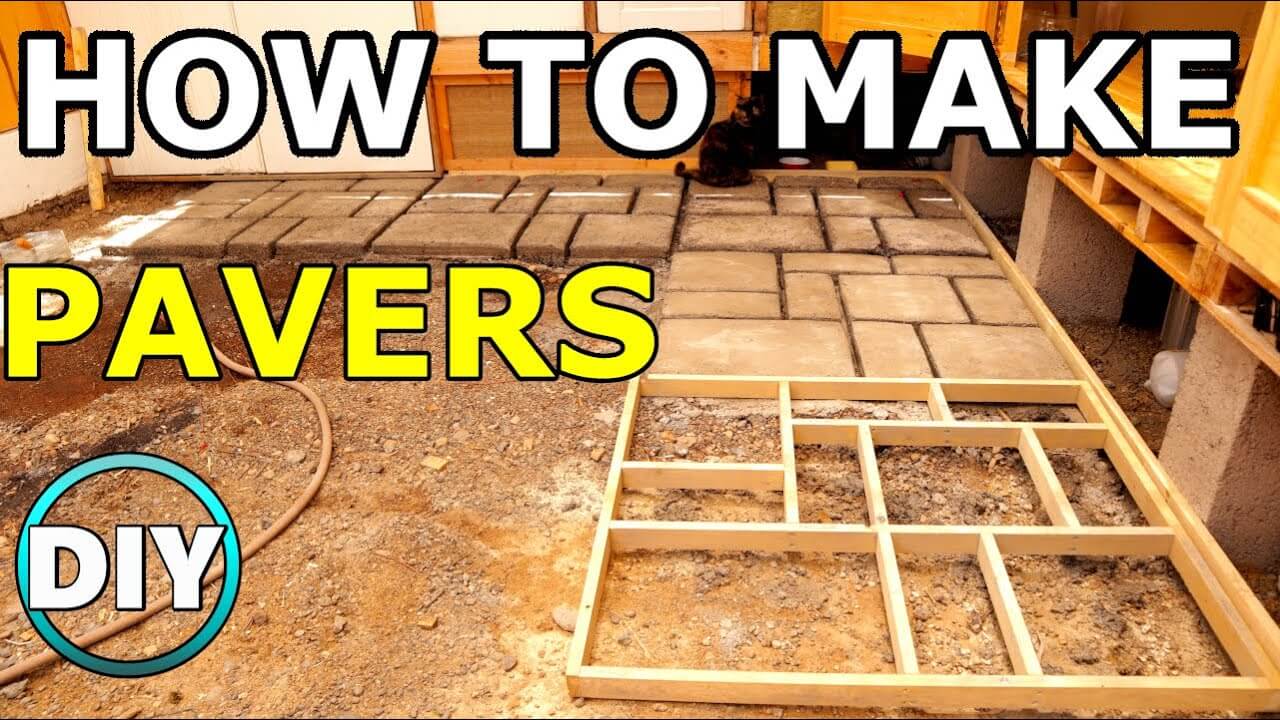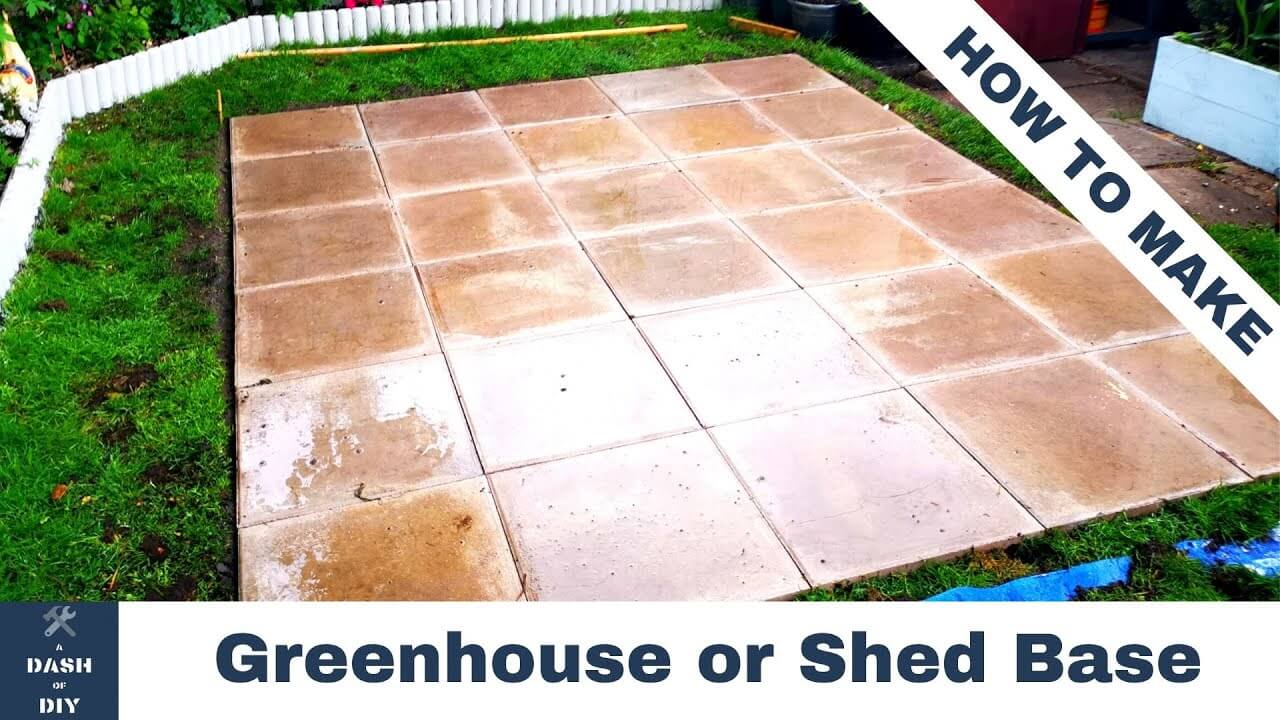Can You Put A Shed On Paving Slabs?
When you are thinking about the perfect base for your shed, the one thing that most people agree on is that with the prices of everything going up, efficient but economical options are helpful.
I had to move my shed as the rain ruined the ground under the previous base. That made me wonder if you can put a garden shed on paving slabs?
You can use paving slabs as a shed base. Paving slabs are much more affordable than a concrete base, and you don’t need to hire a cement mixer. It makes a stable base for any shed and keeps it from touching the ground. Dampness can cause a shed to rot if you don’t keep it off the ground.
I wanted to keep to my budget but needed a base that would be sturdy and durable in rainy weather.
I did some research and talked to contractors to get enough information to make an informed decision. I chose paving slabs as my base, and I will explain why in this post. I will share the information I gathered in this post.
Can You Put Your Shed On Paving Slabs?
You can put your prebuilt or custom-built shed on paving slabs. When you use paving slabs as a base for your shed, you will save time and money.
You won’t need to rent a cement mixer, and you won’t need to wait for the base to set before your put your shed on the paving slabs.
Can You Put The Shed Directly On The Paving Slabs?
If your shed has bearers, you can put the shed on the paving slabs. Bearers are pressure-treated wood pieces attached to the bottom of the shed.
The main function of the bearers (besides helping to provide stability to the structure) is to keep the shed off the ground.
That helps keep the shed from moisture damage and also helps to create space for proper air circulation. Plus, there are some favorable advantages to using pavers when it comes to the cost of building a shed.
How High Does A Shed Need To Be Off The Ground?
You need to ensure there is proper air circulation under a shed by keeping it at least 4-inches off the ground.
Sheds need to have that gap under them to ensure the bottom of the shed stays dry during rainy seasons.
The gap between the shed and the base allows air to flow through the space, keeping the wood dry. If you fill the space, the wood will absorb moisture and start to rot.
Do You Need To Put Anything Under The Paving Slabs?
To secure the paving slabs to each other and the ground underneath them, you need to pour a mortar mix on the ground. You use mortar mixed with sand and one part cement. For reference, you can use any bucket and measure out 4 parts sand and 1 part cement.
When it’s mixed, you put the mortar mix under the paving slabs, and your shed base will be solid and stable. You need to allow the mixture to dry thoroughly, or the weight of the shed can cause the paving slabs to dry skewed.
Before laying the paving slabs down and securing them with mortar, you should put down a thick layer of sand to help even out the space where you will lay the shed. It should only cover the rocks to create a smooth surface.
How Big Should The Paving Slab Base Be?
The base of any shed needs to be larger than the shed itself. If the paving slab base is the same size as the shed, it will compromise the base stability.
When you attempt to fasten the shed to the paving slabs, the impact of the drill you use to make holes for the bolts will cause the concrete the pavers are made to crack, break, and crumble.
Using a paver slab base that is larger than the shed creates a stable platform that will help distribute the impact of the drill on the surface of the paver slabs, so the impact won’t be enough to damage the base.
Does The Shed Base Need To Be Level?
The base of any shed needs to be level, and making use of a laser level before getting started is an absolute must!
The ground under the shed can be sloped, but if the shed is not level, it will sustain damage, and the wooden shed will develop rot and no longer be stable enough to use.
When you slope a shed too much, you could ruin the chances of the shed lasting past 5 years. Custom garden sheds will last long if you have the know-how and get the foundation right in the planning stage.
Tips When Using Paving Slabs As A Base For Your Shed
Paving slabs are a great way to save time and money on a base for your garden shed.
Here are a few helpful tips to help you when you are putting your shed on paving slabs:
- Don’t lay down all the mortar at once, do it on a slab-by-slab basis. It ensures that your mortar stays wet enough to work with. It’s important so you can re-lay any skewed slabs before the mortar dries.
- You can use a clean paintbrush that you dipped in water as a makeshift adhesive on the underside of the slabs. It will help the slabs stick to the mortar.
- If you see that some slabs aren’t effortlessly sinking into the mortar as they should, you need to re-lay it while the mortar is still wet. It is a good indication that the mortar is rocky.
- Before choosing a site to put your shed on, you need to look at the drainage. Pick a spot that has ample drainage. It keeps the base stable, as too much rain will cause the sand under the base to shift. It also helps keep the shed base from rotting as it stays dry.
- When you choose the sand under the slab, remember that plain sand may shift when it gets wet, so add some rocky sand to help give the sand some stability.
In Conclusion
Laying your garden shed on paving slabs will be highly beneficial if you’re building a permanent structure and are planning on living in your shed or tiny home.
It will cost you less, and it’s also less labor-intensive than other shed bases. It’s durable, and the paving slabs will outlast the shed with proper maintenance.
Just ensure there is good drainage so the ground won’t shift, and you should have the perfect base for your shed.



